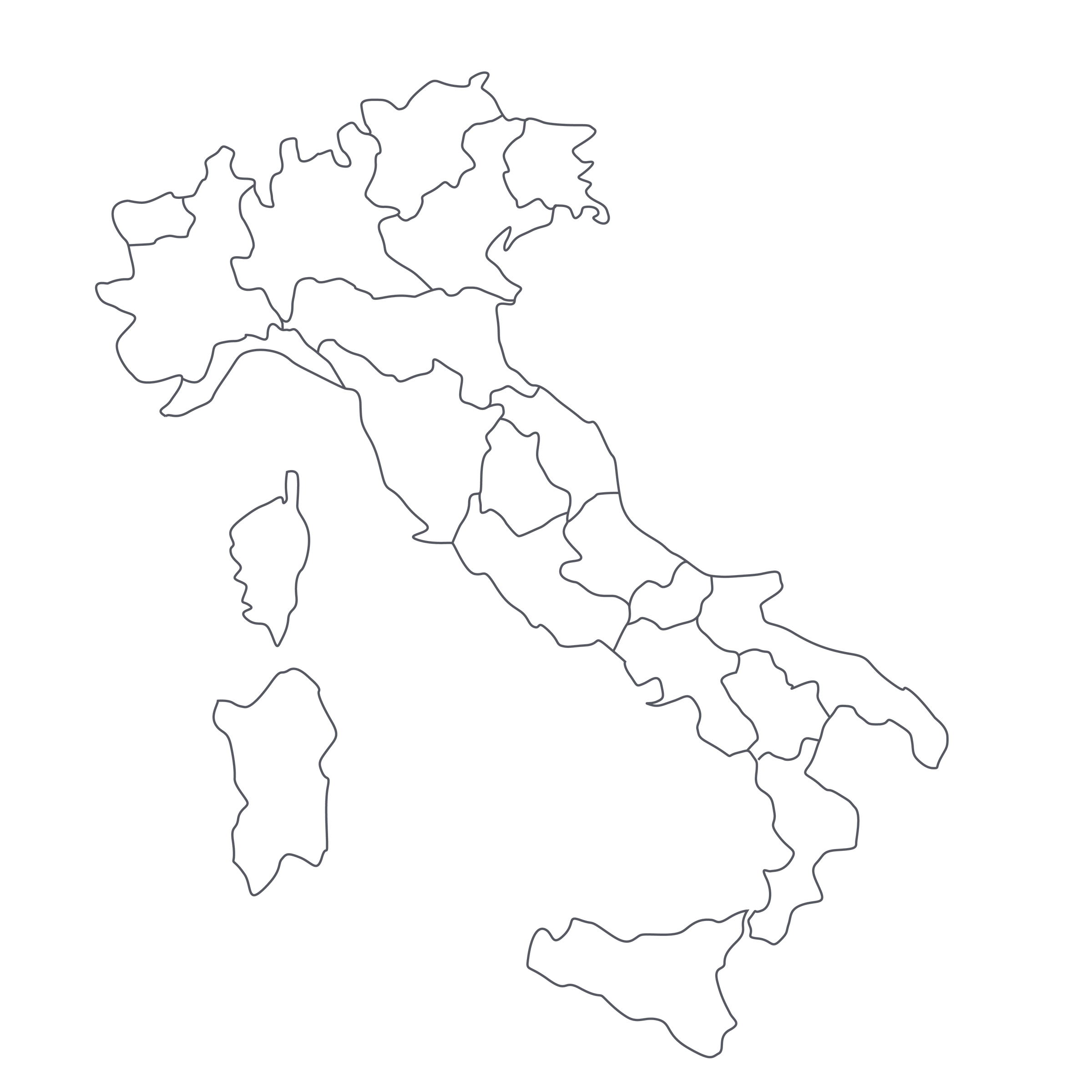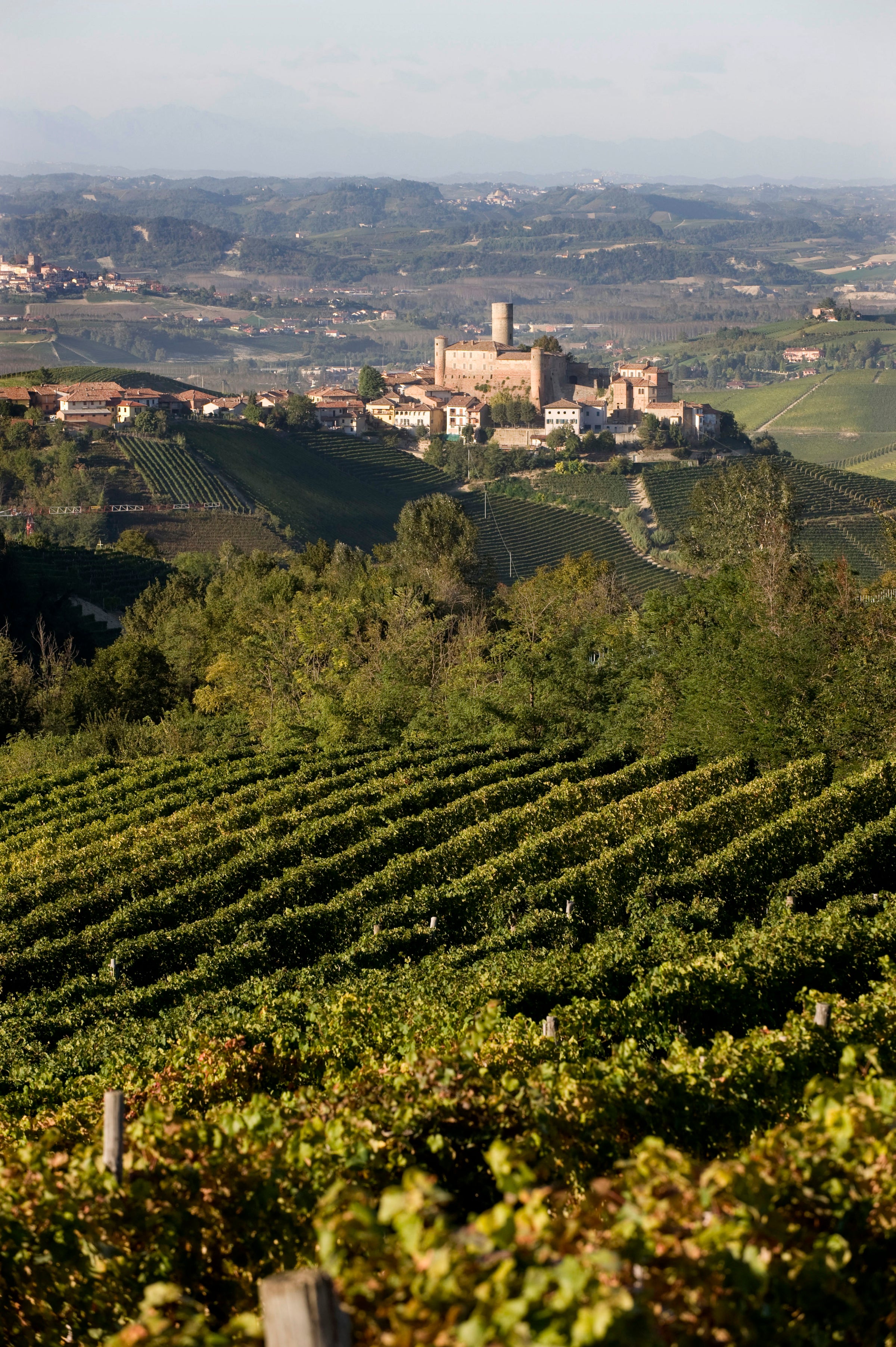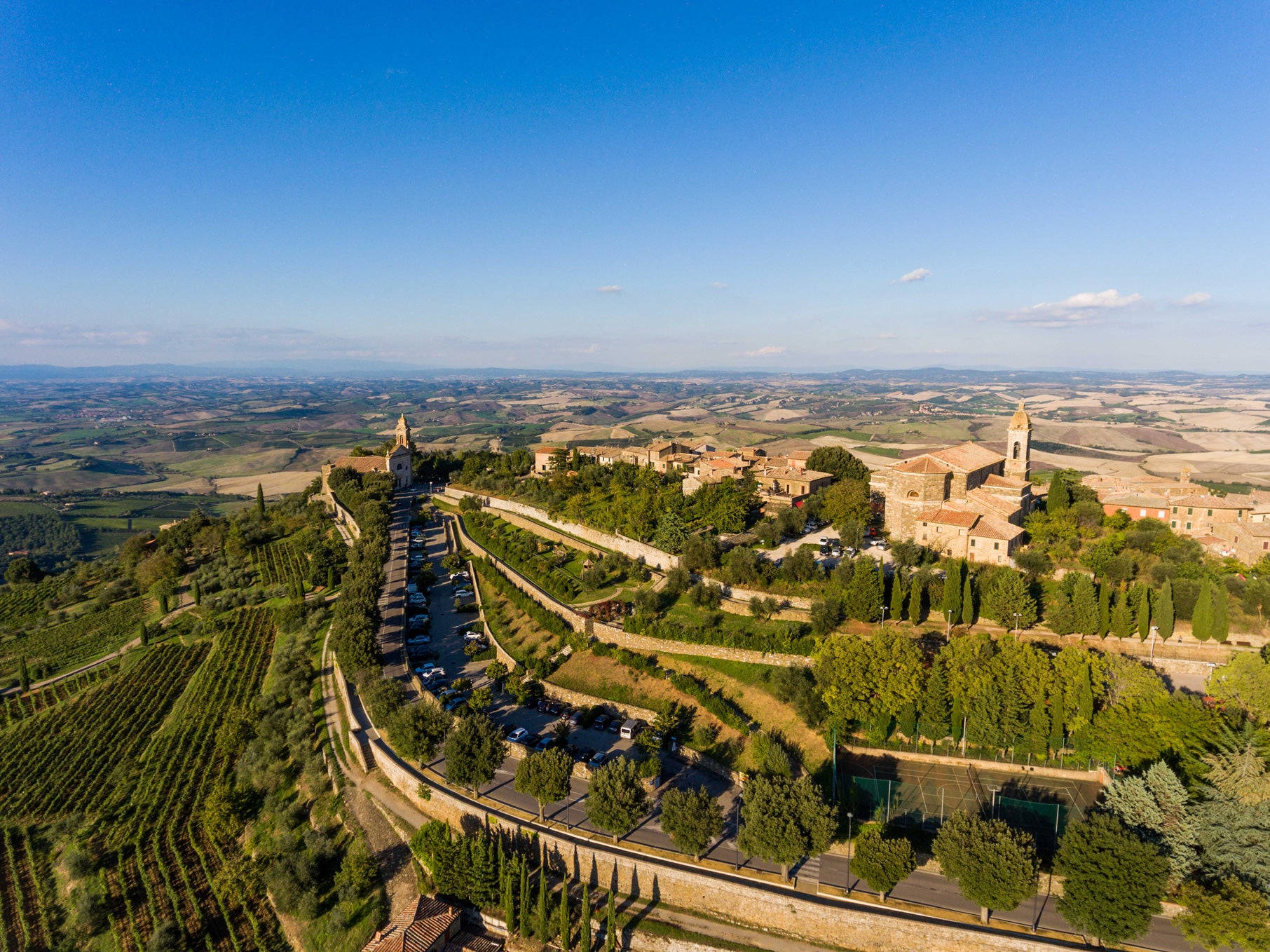As I write this I’m sheltered in place, it’s cloudy and cold outside, and I’m daydreaming about being on an Italian beach—or, even better, a yacht moored somewhere off Capri—drinking Falanghina without a care in the world. Obviously, the closest I’m going to get to that is the Falanghina, and we’ve got a great one today from Tenuta Scuotto.
It offers not just a form of escape but the kind of thrumming mineral energy you expect from Chablis and other cool-climate whites, despite hailing from the relatively warm confines of Italy’s Campania region. Falanghina is one of Italy’s greatest native whites, part of an ancient Campanian trio that also includes Fiano and Greco—varieties first examined in detail by Roman scribes like Pliny the Elder. It is floral and citrusy but also transmits the profound minerality of Campania’s mostly volcanic soils in a tactile, mouth-watering way. Think Chablis, but sunnier—just the kind of wine (and price) we need right now. Yes, it’ll make a perfect Summer white, but I’m not planning to wait—who’s with me?
It should be noted that while this wine behaves like a “coastal” wine in many ways, it is in fact produced well inland from Naples and Amalfi, just outside the town of Benevento. The Tenuta Scuotto estate is based in Campomarino, a little to the south near Avellino, but their Falanghina comes from a vineyard in Torrecuso, on the eastern slopes of Monte Taburno—one of the many extinct volcanoes found throughout central Campania. The soils are described as a mix of calcareous (i.e. limestone-rich) clay and sand of volcanic origin, with the vineyard situated at about 480 meters’ elevation—allowing for wide diurnal temperature shifts that facilitate the preservation of natural acidity in the grapes. The result is a wine that is crisp and mineral but not “thin” or washed out—there’s real substance on the mid-palate and nice complexity to the aromas.
As I taste this wine I think of volcanic ‘tuff’—soft, porous rock formed from the ash and other fragments from past eruptions—and how its mish-mash of mineral components gives it a crystalline appearance. Scuotto’s un-oaked Falanghina is shiny and cut like a crystal, with a pale yellow-gold color moving to green and silver at the rim. The bright aromas include citrus fruits, green peach, wildflowers, green herbs, and chalk dust, carrying over to a medium-bodied palate full of tangy fruit and mouth-watering minerality. This is refreshing, energetic white wine designed for near-term drinking with seafood, salads, or even on its own as an appetite-whetting apéritif: Just pull the cork and have at it in all-purpose white wine stems. Attached is a Neapolitan-style
zuppa di pesce (seafood stew) that is right up this wine’s alley. I don’t know about you, but I need to get away—and this is how I’m going to do it!




